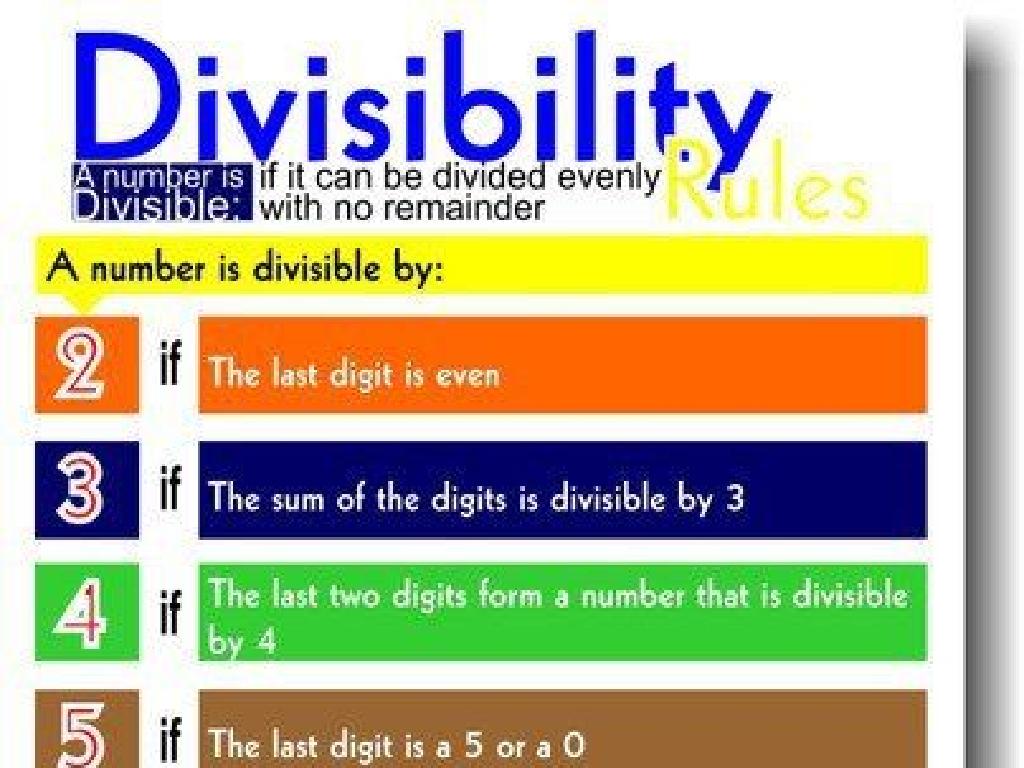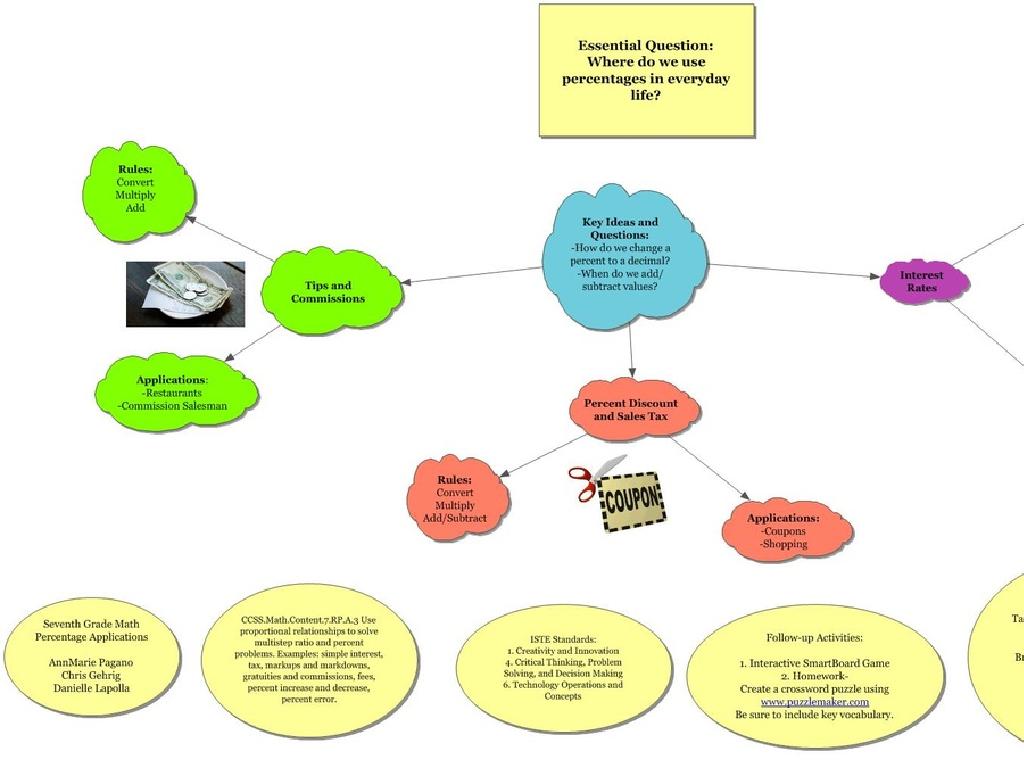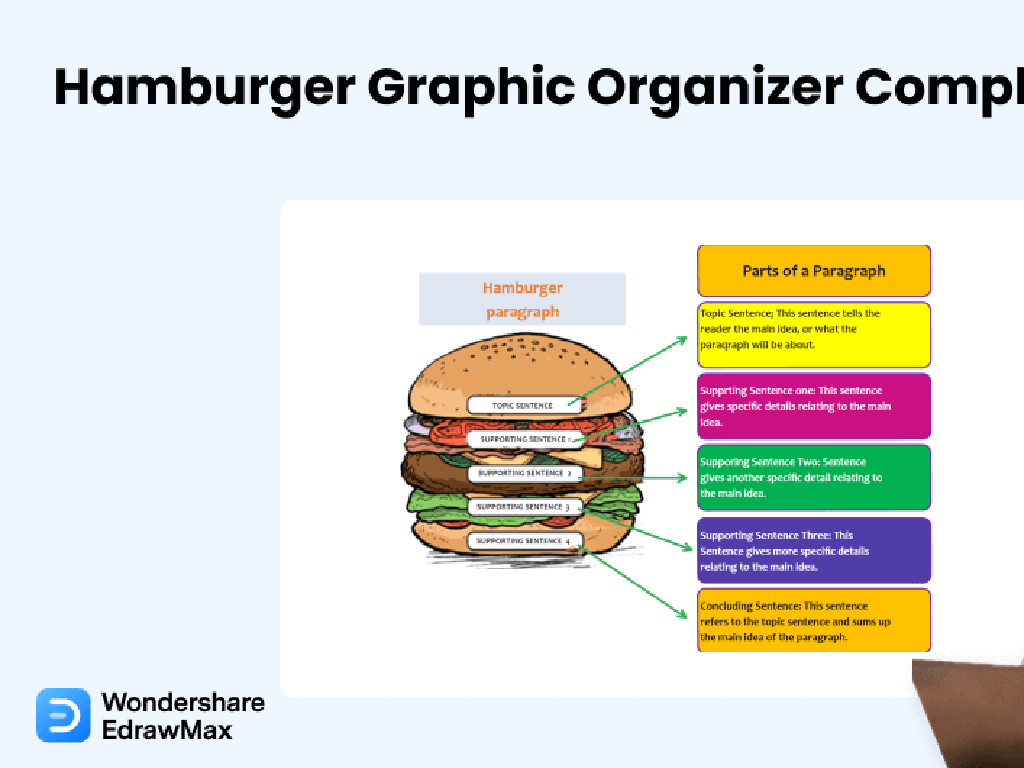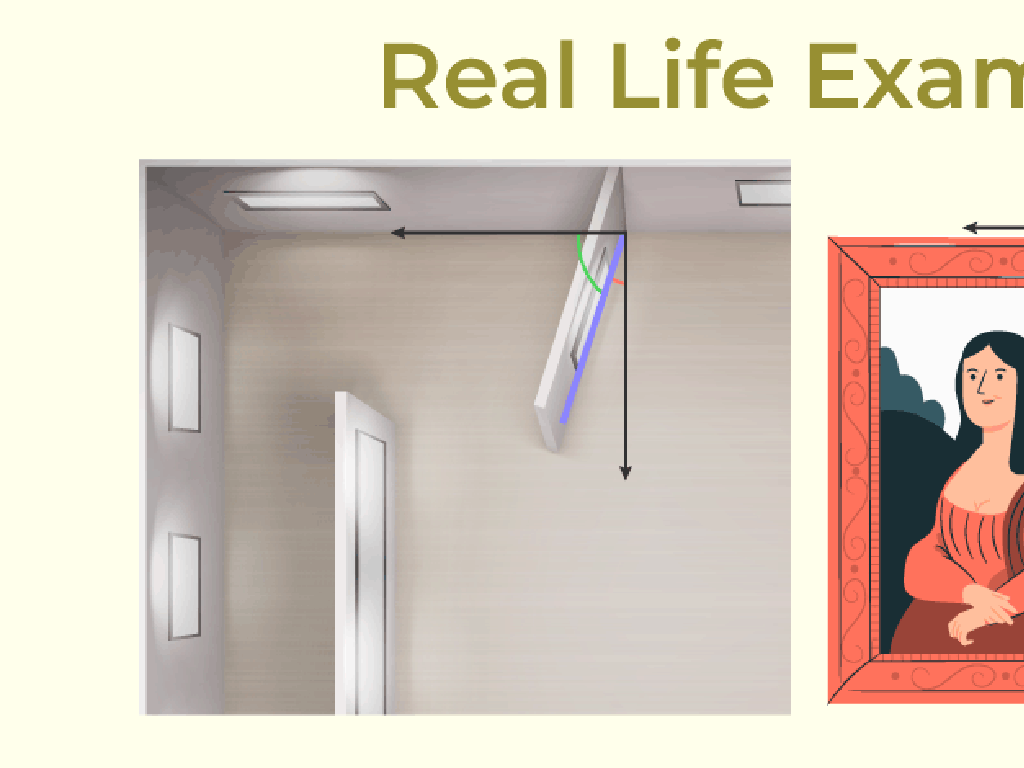Sequences - Count Up And Down By 1, 2, 5, And 10
Subject: Math
Grade: First grade
Topic: Skip-Counting
Summary: Discover skip-counting with this engaging first grade math presentation focused on counting up and down by 1, 2, 5, and 10. Using fun activities like number jump games, paper chains, and interactive group practice, students learn to identify number patterns and sequences. Visual aids, movement, and hands-on tasks help cement skip-counting skills-laying a strong foundation for addition and understanding number relationships in daily life.
Please LOG IN to download the presentation. Access is available to registered users only.
View More Content
Welcome to Skip-Counting!
– Learning about sequences
– Sequences help in counting
– Like steps on a ladder, each number is a step
– Count up and down by 1, 2, 5, 10
– Try: 1, 3, 5, 7 (up by 2) or 10, 5, 0 (down by 5)
– Practice makes perfect
– We’ll do fun activities to learn more!
|
This slide introduces students to the concept of skip-counting, an essential skill in understanding number sequences and patterns. Explain that sequences are like number patterns that follow a rule. Show how counting doesn’t always mean by ones; we can ‘skip’ numbers to count faster. Use a number line or counters to demonstrate counting up by 1, 2, 5, and 10, and then back down. Encourage students to participate by clapping or stepping as they count to make it interactive. Plan activities where students can practice skip-counting with different starting points to solidify their understanding.
Counting by 1s: Learning to Skip-Count
– Begin with counting by 1s
– It’s like adding 1 each time we say a number
– Count from 1 to 10 as a group
– Practice: 1, 2, 3, 4, …, up to 10
– Understand each number increases by 1
– Notice 2 is 1 more than 1, 3 is 1 more than 2, and so on
|
This slide introduces the concept of skip-counting by 1s, which is the foundation for understanding sequences and patterns in numbers. Start by explaining that counting by 1s is simply saying the next number in the sequence. Engage the class by counting together from 1 to 10, ensuring they understand that each subsequent number is one more than the previous. Reinforce the concept by having students count objects or use their fingers to visualize the increase by one. This activity sets the stage for more complex skip-counting and helps solidify their understanding of number order and basic addition.
Counting by 2s
– Let’s count by 2s together
– Start with 2: 2, 4, 6, 8…
– We add 2 each time to the last number
– Skipping one number each time
– Every second number is our count: 1, (2), 3, (4), …
– Practice makes perfect!
|
This slide introduces students to the concept of skip-counting by 2s. Begin by explaining that counting by 2s means adding 2 to the previous number. Demonstrate this by counting aloud from 2, emphasizing the numbers you say and showing that you’re skipping the number in between each time. Encourage students to join in and count with you. Use visual aids like number lines or counters if possible. For practice, have students count by 2s from different starting points, and consider incorporating movement or music to make the activity engaging. Reinforce the concept by asking students to identify patterns they notice when counting by 2s.
Counting by 5s
– Counting by 5s is like a game
– Imagine counting nickels or high-fives!
– Practice together: 5, 10, 15, 20…
– Let’s chant it out loud as a class
– Each number adds 5 more
– 10 is 5+5, 15 is 10+5, and so on
– It helps with quick addition
|
This slide introduces students to the concept of skip-counting by 5s, which is a foundational skill in understanding multiplication and preparing for addition. Use tangible examples like counting coins (nickels) to make it relatable. Engage the class in a counting activity where everyone counts aloud together, reinforcing the pattern. Emphasize that each step is just adding another 5, which can be visualized as adding another group of five objects. This exercise will help students become comfortable with the concept of skip-counting and see the practical use of it in everyday situations like counting money or tallying items.
Counting by 10s
– Counting groups of 10
– Think of 10 as a bundle of items
– Sequence: 10, 20, 30, 40…
– Like stacking blocks, 10 at a time
– Each step adds another 10
– From 10 to 20, we add 10 more
– Visualize adding 10s
– Picture 10 more joining the group
|
This slide introduces students to the concept of skip-counting by 10s. Emphasize that each number in the sequence is 10 more than the one before it. Use visual aids like groups of objects or images to help students understand that each step is like adding another bundle of 10. Encourage them to use their fingers to count or visualize groups of 10 items to aid in understanding. Practice counting together as a class, and consider using a number line or counters to provide a visual representation of the concept.
Practice Time: Skip-Counting Together!
– Counting by 1s: Fill in the blanks
– If we have 1, 2, __, 4, what number is missing?
– Counting by 2s: What comes next?
– For 2, 4, __, 8, which number fits?
– Counting by 5s: Let’s skip count!
– With 5, 10, __, 20, which number do we skip to?
– Counting by 10s: Complete the sequence
– In the sequence 10, 20, __, 40, what’s the missing number?
|
This slide is an interactive activity for students to practice skip-counting. Start with counting by 1s to ensure understanding of number sequence. Progress to counting by 2s, 5s, and then 10s, increasing complexity. Encourage students to say the numbers out loud as a group and use their fingers to represent the numbers they are counting by. Provide guidance and correct any mistakes along the way. For each sequence, have different students come up to the board to fill in the blanks, fostering engagement and participation. This activity will help solidify their understanding of skip-counting and prepare them for more advanced math concepts.
Let’s Play a Game: Number Jump!
– ‘Number Jump’ game introduction
– Listen for the number to jump
– When I say ‘2’, jump two times
– Use skip-counting to jump correctly
– If I say ‘5’, you’ll jump five times in a row
– Have fun jumping and counting!
|
This slide introduces a physical activity game called ‘Number Jump’ to help students practice skip-counting in a fun and engaging way. The teacher will call out a number, and students will jump that many times, using their skip-counting skills. For example, if the teacher says ’10’, students will jump ten times. This activity not only reinforces their counting skills but also helps them to physically engage with the concept of skip-counting by 1, 2, 5, and 10. The teacher should prepare a clear space in the classroom for the activity, ensure safety, and consider having different rounds for counting up and down. The teacher can also vary the sequence to make the game more challenging as the students progress.
Class Activity: Making a Counting Chain
– Create a paper loop counting chain
– Each loop counts up by 2, 5, or 10
– Start with 2, add 2 each time: 2, 4, 6, 8…
– Connect loops to form a sequence
– See how numbers line up in order
– Observe patterns in the sequence
– Notice how the sequence grows step by step
|
This hands-on activity helps students visualize skip-counting by creating a physical representation with paper loops. Each student will create loops with numbers on them, counting up by 2s, 5s, or 10s, depending on the lesson focus. They will then connect these loops to form a chain. This activity reinforces the concept of sequences and patterns in numbers. For differentiation, some students can count by 1s for simplicity, while others can challenge themselves with counting by 5s or 10s. Encourage students to observe the growing pattern as they add more loops to their chains. Discuss the patterns they notice and how skip-counting can be a useful tool in everyday life, such as counting coins or tallying scores.
Celebrating Skip-Counting Success!
– Congrats on mastering skip-counting!
– Sequences are number patterns
– Like 2, 4, 6, 8 or 5, 10, 15, 20
– Practice counting by 1s, 2s, 5s, 10s
– Try: 1, 3, 5 or 10, 20, 30
– Keep practicing at home!
– Use toys or snacks to make it fun!
|
This slide is a positive reinforcement for the students, acknowledging their effort in learning to skip-count. It’s important to remind them that sequences are simply patterns of numbers that they can recognize and predict. Encourage them to practice skip-counting outside of the classroom by using everyday items, which will help them understand the concept in a tangible way. Suggest that parents involve children in activities like setting the table (counting by 1s), pairing socks (counting by 2s), sharing snacks (counting by 5s), or grouping toys (counting by 10s) to reinforce their learning.





